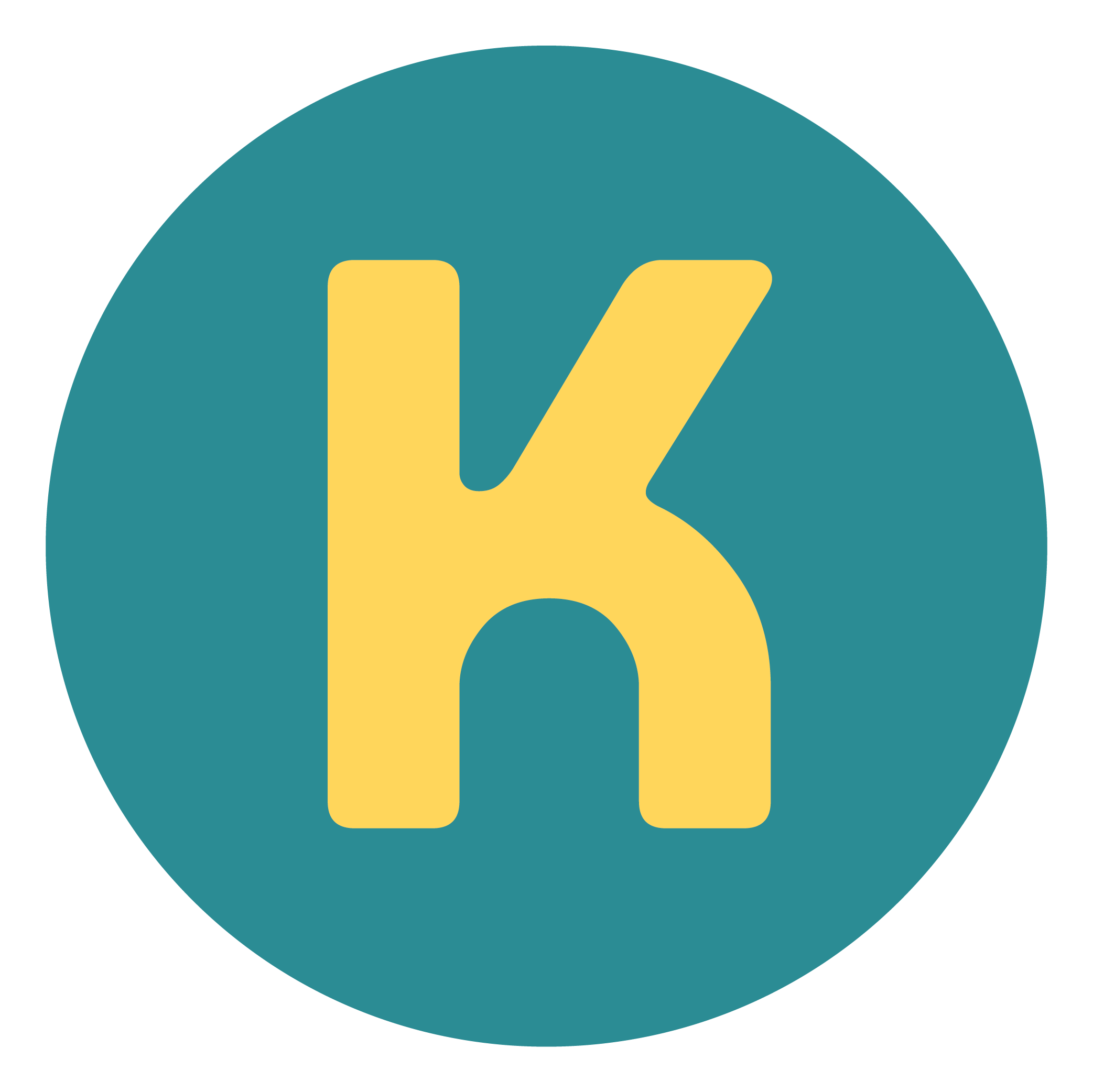Remote UX Design: 5 Guidelines
Should a client be willing to use a remote, specialized design team to create an app, there are guidelines that make this work. Guidelines helpful for the client and the design team, whether you are working both on-site and remote, or exclusively remote.
Guidelines
1. Establish Trust Amongst Clients
A new client needs to trust you and your design team. Focus on an early deliverable to set up that trust. Afterwards, it is easier for everyone if you are not sitting in their office.
With that said, take the opportunity to visit on-site. A key part of Product Design is selling your realization of the client’s vision. Face-to-face is always the best way to communicate and sell. Drive or get on a plane, especially for first design sessions, review sessions, or important milestones. It is money well spent. If a client likes/trusts your team, they will usually help with the cost.
2. Manage Perception vs. Reality
Some clients will have an image in their head of their UX designer lounging on a beach, with a laptop and a Pina Colada. This differs from the reality of a remote team at the white board, solving problems with an outside-eyes perspective, isolated from the internal distractions of the client's organization.
Reinforce the reality by always using a camera with remote conferencing. Let clients see your whiteboard, covered with Post-It notes and workflow drawings. Deliver a consistent stream of design content for review; this is the best way to encourage a good feeling about your team.
3. Be Affable but Assertive
Remember that your team was hired to provide expertise the client does not have internally. Be easy to work with and empathic, but do not be a pushover in the name of good collaboration. This is leadership 101.
I have worked with clients who have been burned by “consultants” that caused disruption among their team members and did not deliver anything real. With these clients, you will need to work hard to prove yourself; expect to be challenged over every little detail.
NN/g recently published a great article on How to Deal with Bad Design Suggestions. Worth a read, but the abridged version is: Lose the Ego, Listen, Separate the Suggestion from the Problem, etc. The last one: How to Say “No” is key.
I once complained to a well-known enterprise storage analyst about in-fighting over design. He laughed and said: "You can’t be an iconoclast without making enemies.” Inventive design needs you to challenge groupthink and the client’s beliefs about their own customers.
4. Practice Good Remote Meeting Etiquette
There are the obvious rules: be on-time for meetings, make sure everyone has access to the links for audio and screen sharing, etc. Choose tools that are reliable but, if possible, use what your clients already use. I am finding that Skype for Business is popular with enterprise clients. For smaller organizations, they are usually happy to use whatever you have that works. Lately, we are using GoToMeeting for ad-hoc meetings and screen sharing but, as always, your mileage may vary.
Encourage commentary from remote participants. Call people out by name and ask for feedback on something specific (e.g. Lisa, have you had a chance to review the design sketches? What do you think about using an accordion panel on page X?). If there are many people on the conference, say your name before going ahead with commentary. Conversely, if answering a question, there is value in repeating the question to ensure everyone on the line is actively listening (e.g. Ken speaking. Lisa is asking about the color palette and here is what we propose).
Most important: be aware of audio fatigue. If the conference sound quality is poor, participants will quickly “check out”. On your end, use a good speaker box w/ camera for your office/team room. I use a higher-end Logitech device and it was worth every penny - I never worry about echo (on my end, anyway) and the client’s team audio sounds clear. If you are entering into a longer engagement, consider lending a similar device to your client’s team lead. I have done this in the past and they are very appreciative of the difference. It is ironic that a client can pay real money for your team’s design advice, but bureaucratic nonsense prevents them from spending a tiny sliver of that cost on making that experience pleasant and effective.
5. Mix Cloud Access and Screen Sharing
When presenting design concepts, screen sharing is great because you are “driving” the presentation. The client can sit back and watch it unfold. However, make sure the same materials are available on-line for local viewing. Clients often have less-than-ideal conference room presentation screens. Enterprise clients may still be using older VGA projectors, with dim bulbs, projecting onto a faraway screen. Watching people squint to see design details or to perceive correct colors is an agonizing experience. Include cloud-based tools that allow hi-fidelity viewing, alongside the screen sharing view.
Think of screen sharing as a guide to location within the presentation, using tools like Axure or Zeplin.io to share links for closer examination on the client’s individual laptop.
End Note
The guidelines here are proper for local clients, as well. Typically, once you have your client’s trust, even local clients are just as happy meeting online.
I recently wrote about effective tools for product design, with an emphasis on remote collaboration and feedback. The tools we use really help us collaborate.
Share your experiences in the comments about working with remote clients – we are all here to learn.
Ken Krutsch is Managing Principal of KRUTSCH Associates, a product design firm industry recognized for product vision and realization.
Our patented design work emphasizes customer research, workflow, and technology.
We do full-stack user experience design.
Follow KRUTSCH on LinkedIn to see more posts on being a UX Leader.

![Banner Image [Converted].png](https://images.squarespace-cdn.com/content/v1/57ec438b44024301f578008e/1516124658452-YRCGZOF9O419EA28P8SC/Banner+Image+%5BConverted%5D.png)





